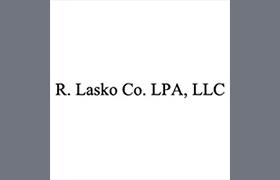Sebring Bankruptcy & Debt Lawyer, Ohio
Sponsored Law Firm
-
 x
x

Click For More Info:
-
R. Lasko Co. LPA, LLC
1406 W 6th St STE 200, Cleveland, OH 44113» view mapBusiness, Estate, Real Estate, Employment Competent Legal Representation
Let R. Lasko Co. LPA, LLC handle all your legal needs today!
216-574-2602
FREE CONSULTATION
CONTACTJeffrey Max Haupt
Workers' Compensation, Family Law, Criminal, Bankruptcy
Status: In Good Standing Licensed: 13 Years
Brent Allen Barnes
Litigation, Energy, Federal Appellate Practice, Commercial Bankruptcy
Status: In Good Standing Licensed: 18 Years
Theresa Taylor Tolson
Juvenile Law, Federal Appellate Practice, Family Law, Bankruptcy
Status: In Good Standing Licensed: 27 Years
William Frick Morris
Family Law, Corporate, Commercial Bankruptcy, Personal Injury
Status: In Good Standing Licensed: 53 Years
Joyce Ann Lamb
Workers' Compensation, Family Law, Bankruptcy, Personal Injury
Status: In Good Standing Licensed: 34 Years
Alex John Robertson
Litigation, Corporate, Commercial Bankruptcy, Personal Injury
Status: In Good Standing Licensed: 69 Years
Shawn Owen Robertson
Litigation, Corporate, Commercial Bankruptcy, Personal Injury
Status: In Good Standing Licensed: 31 Years
Mark Allen Whitaker
Employee Rights, Corporate, Bankruptcy, Personal Injury
Status: In Good Standing Licensed: 45 Years
 Ronald Lasko Cleveland, OH
Ronald Lasko Cleveland, OH AboutR. Lasko Co. LPA, LLC
AboutR. Lasko Co. LPA, LLC
